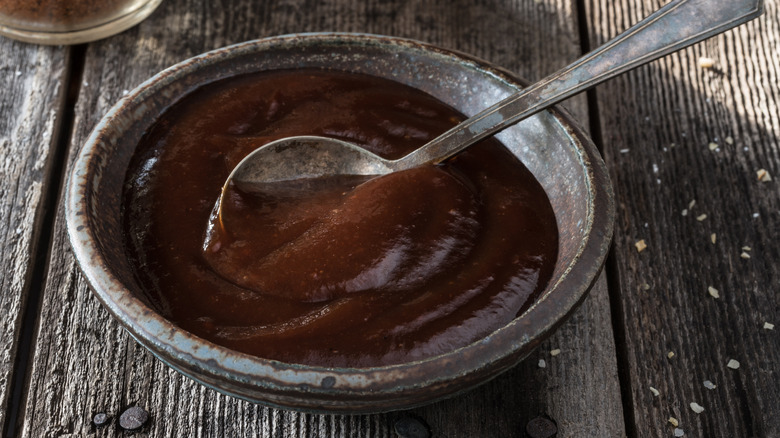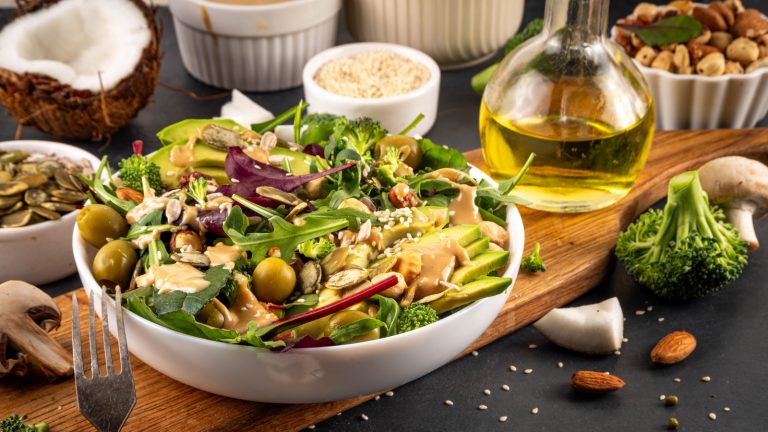Over the course of his more than 20-year-long career, Elvis Presley made an indelible mark on the music industry. An estimated one billion Elvis records have been sold across the world, and 114 of his songs appeared in the top forty charts. Among many other television appearances, he received a record-breaking amount of money to be on three episodes of “The Ed Sullivan Show,” and he lit up the silver screen in more than 30 films. But his music isn’t the only renowned thing about the King of Rock and Roll; Elvis is also famous for his legendary appetite. Between the fried chicken and the peanut butter and banana sandwiches, Elvis had a particular hankering for Southern comfort foods, including a bit of barbecue bologna.
This down-home dish was made for him by Mary Jenkins Langston, who was a chef at the Presley Graceland mansion from 1966 to 1989, having stayed on to cook for the family for more than a decade after Elvis’ death. She had started her Graceland career as a maid in 1963, then was promoted to a place in the kitchen when Priscilla Presley joined the household. Langston became practically a member of the family, and Elvis even bought her a home and four cars.
After all, they say that the way to a man’s heart is through his stomach, and Langston certainly had a knack for delicious, home-style cooking. Her take on barbecue bologna goes slightly against tradition, though. Her recipe bastes the bologna in vinegar, red pepper, salt, and lemon juice — but Oklahoma, the state with which barbecue bologna is mostly commonly associated, does it differently.
A barbecue staple with Oklahoma roots
Bologna (often times colloquially pronounced “baloney”) was born in the Italian city of Bologna as the sausage meat mortadella. Although bologna’s American origins are a little unclear, it probably reached the U.S. by way of German immigrants and firmly established itself in the palates of Midwesterners and Appalachians in particular. Bologna is made from meat scraps that are ground and then cured, so it’s fairly cheap and keeps well, making it very popular around the time of the Great Depression. It’s probably during this era that the barbecue bologna of Oklahoma origins came to be.
In the 1930s, a severe drought hit a large swath of the U.S., spanning an area from Texas to Nebraska. Crops, livestock, and people alike fell victim, and the affected region became known as the Dust Bowl. Occurring in conjunction with the economic devastation of the Great Depression, this drought caused widespread poverty, and those who were unable to migrate westward had to find food they could access and afford. Many believe that’s how bologna got its foothold in drought-stricken Oklahoma. There were lots of delicious ways to cook it up to feed the family but smoking it and adding barbecue sauce became essential.
It isn’t just a thing of the past, either. You can find barbecue bologna on nearly any Oklahoman barbecue restaurant’s menu. Far different from just bologna sandwiches as a lunchtime staple, this bologna is often served with platters of other meats or slathered in sauce on a bun. A particular smoked bologna sandwich was even named the essential sandwich for the state of Oklahoma by “Food Network Magazine.”
But the King’s sauce is more like those back East
Elvis Presley’s chef Mary Jenkins Langston may have gotten the concept of her barbecue bologna from Oklahoma, but the sauce she used doesn’t quite match the traditional recipes. Typical Oklahoma-style barbecue sauce is thick, sweet, and tangy, with lots of ketchup and Worcestershire sauce. It’s similar in style to sauces from Kansas City, Missouri and Memphis, Tennessee. Since Elvis’ Graceland home is in Memphis, it would make sense that Langston would rely on an Oklahoma-style sauce for a true Oklahoma barbecue classic.
However, her marinade is made with just vinegar, lemon juice, salt, and red pepper (aka cayenne), creating a much thinner (though still very tangy) accompaniment to the bologna than an Oklahoman barbecue sauce. It actually much more closely matches the typical barbecue sauce of Eastern North Carolina, where any ketchup-based sauces are rejected and only a mixture of vinegar, salt, and red pepper is preferred for basting barbecue. Not much is known about Langston’s early life (her exact birthplace and birthdate are unclear), but she might have gotten some recipe inspiration from the Tar Heel State. Either way, her barbecue bologna turned out to be a meal fit for a King.







